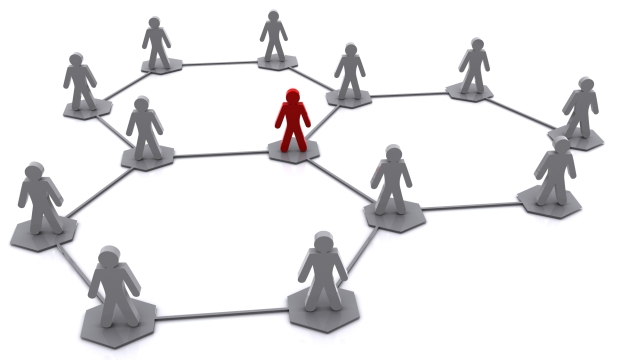
The best social networks for complex innovations to spread
Originally posted on The Horizons Tracker.
Even the most obvious innovations can often struggle to gain acceptance and reach a critical mass of adoption. A recent study1 from researchers at Wharton examines how social networks affect this dissemination, especially for innovations that have a degree of complexity about them.
The author defines complex innovation as anything whereby there is a high degree of uncertainty in terms of its potential benefit to the adopter. Often it involves an unproven technology or one that requires infrastructure that doesn’t exist yet. It can even require a high level of social proof before people are willing to adopt it. The author contends that certain types of social network facilitate such processes better than others.
Networked for innovation
The author creates a theoretical model that looks at social networks, and especially how people learn through them. The innovation in the petri dish is the microfinance technology that has taken hold in India.
A number of interesting findings emerged. Firstly, there are certain features of the social network structure that lends itself to the spread of complex innovation. The best networks for the diffusion of complex innovation were ones that had high density and high asymmetry. In other words, when lots of people were connected to each other in our social network, we are more likely to be influenced. This form of network only achieved these results when the barriers to adoption were low however. In other words, when the technology is easy to adopt, dense networks are great.
When the technology is complex however, and the barriers to adoption are high, the reverse was actually the case. It’s a finding that even the author found unusual, as one would expect complex innovations to require more social proof to encourage adoption, but that isn’t what emerged.
This counterintuitive finding emerged because in low density/low asymmetry social networks, people are more selective about who they talk to, and it’s less likely for one single person to dominate communication.
Spreading innovation
If you want to put this into practice, it pays to understand whether your innovation has a degree of unknown value. This will help you to understand the kind of social networks you will need to target to ensure your innovation spreads.
If your technology is pretty straightforward, then you can do exceptionally well by targeting dense networks, especially if you can identify the key influencer in that network. If you have a complex innovation however, you may do better targeting a network with lower density and asymmetry who discuss things with each other on a rational basis.
“I think that is a key takeaway in understanding what it means for a specific technology in a specific community that somebody is trying to target,” the author concludes.
The next step is to explore the phenomenon in more depth, and specifically examine the role of multiplexity in networks. What role do community leaders play in these networks and how does their role change over time?
With most innovation theory proposing that influencers are crucial to the dissemination of new technologies, this study provides a welcome degree of nuance.
Article source: The Best Social Networks For Complex Innovations To Spread.
Reference:
- Assenova, V. A. (2018). Modeling the diffusion of complex innovations as a process of opinion formation through social networks. PloS one, 13(5), e0196699. ↩





